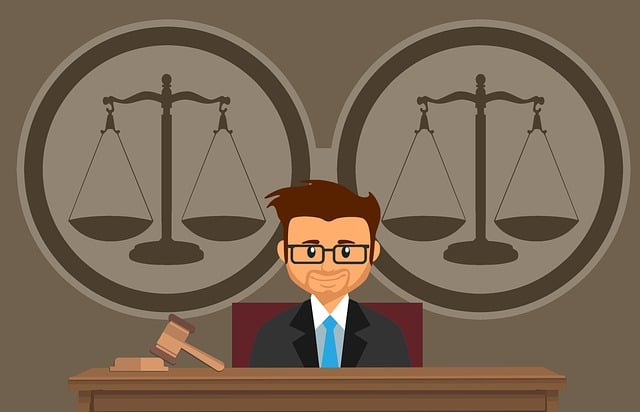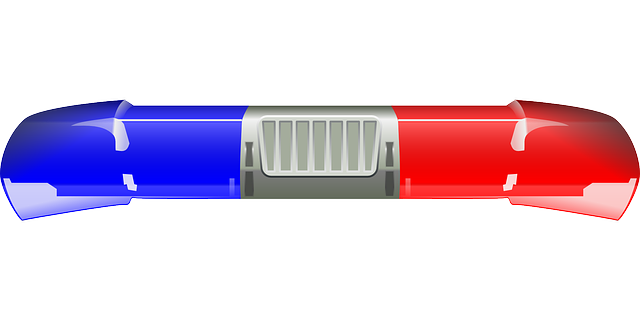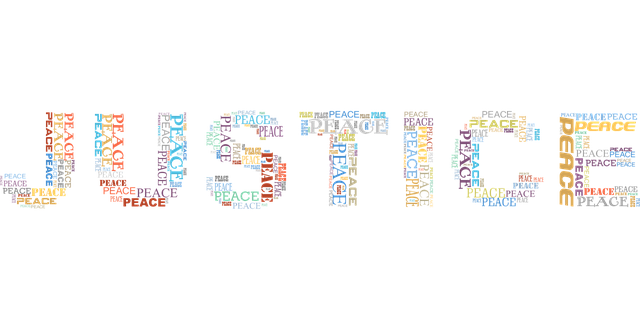Consumer protection laws require challenging forensic evidence in court to ensure justice. Understanding admissibility and scrutinizing data collection, digital forensics, and expert opinions is crucial. Defense attorneys must question methodologies, highlight inconsistencies, and raise doubts about evidence integrity. Discrediting expert witnesses through thorough cross-examination weakens their credibility. Strategic preparation, including hiring qualified experts, is vital to building a robust case against forensic findings.
In the intricate dance of consumer protection suits, understanding the intricacies of forensic evidence is paramount. This article guides you through the legal landscape, exploring how to challenge forensic evidence in court effectively. From comprehending consumer protection laws to leveraging expert witness testimony, we delve into strategies to counter challenges. Learn the steps to build a robust case, especially when facing forensic misuse, ensuring justice for consumers and the triumph of reliable evidence over spurious claims.
- Understanding Consumer Protection Laws
- The Role of Forensic Evidence in Suits
- Challenges to Forensic Evidence: Legal Strategies
- Expert Witness Testimony: Discrediting Evidence
- How to Build a Case Against Forensic Misuse
Understanding Consumer Protection Laws

Consumer protection laws are designed to safeguard individuals from unfair business practices and ensure a level playing field in transactions. These laws cover a wide range of issues, from product safety to transparent pricing and advertising. Understanding these regulations is crucial for both businesses adhering to them and consumers knowing their rights. By being aware of consumer protection laws, individuals can better navigate their legal rights when facing potential violations, such as misleading marketing or defective products.
When it comes to presenting a strong case in consumer protection suits, understanding how to challenge forensic evidence is essential. Forensic evidence plays a significant role in these cases, often determining the outcome. Therefore, clients should seek legal advice on how to counter this evidence effectively. Across the country, many professionals have honed their skills in navigating complex legal landscapes, specifically focusing on how to challenge forensic evidence in court for his clients, thereby avoiding indictment and ensuring justice is served.
The Role of Forensic Evidence in Suits
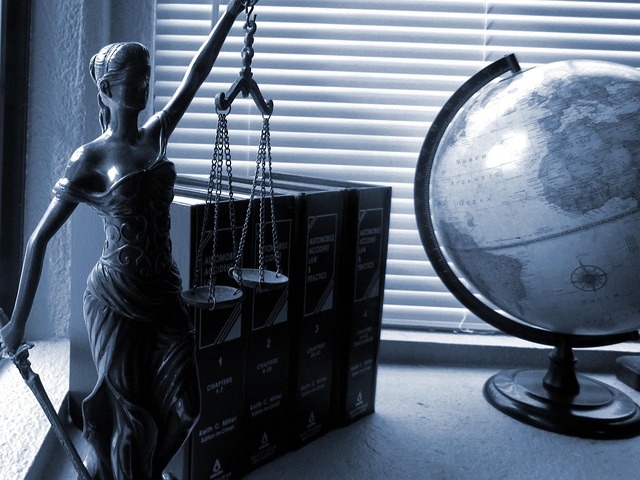
In consumer protection suits, forensic evidence plays a pivotal role in establishing the truth behind alleged misconduct. This includes financial records, digital forensics, and expert opinions that can uncover hidden patterns or manipulate data. However, given its potential sway, understanding how to challenge forensic evidence in court is essential for achieving extraordinary results, whether for corporate or individual clients.
Forensic experts are not infallible, and their methods can be subject to human error or bias. To effectively contest these findings, legal teams should scrutinize the data collection process, question the expert’s methodology, and highlight any potential sources of contamination. By doing so, they can cast doubt on the reliability of the evidence, ultimately advocating for their clients’ rights and interests in a complex litigation landscape.
Challenges to Forensic Evidence: Legal Strategies
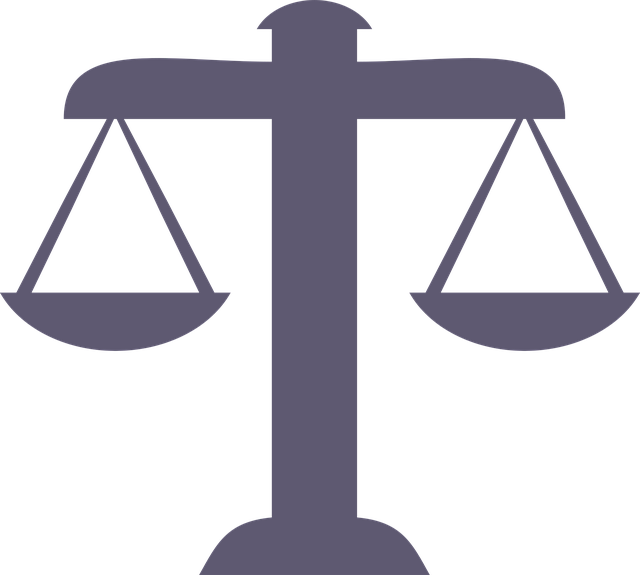
Challenges to Forensic Evidence: Legal Strategies
In consumer protection suits, where forensic evidence plays a pivotal role, mounting an effective challenge is crucial for achieving a complete dismissal of all charges. This involves understanding the nuances of admissibility and the potential pitfalls in presenting such evidence before a court of law. The first step for any defense attorney is to scrutinize the methodology employed to gather and interpret data, as many forensic techniques are not foolproof and can be subject to human error or bias.
Strategizing against forensic evidence requires a robust general criminal defense approach. Lawyers may challenge the reliability of the method used, question the qualifications of the expert witness, or highlight any inconsistencies in the findings. By raising reasonable doubts about the integrity of the evidence, legal teams aim to prevent its admission or significantly weaken its impact. Moreover, avoiding indictment by presenting compelling counterarguments and alternative explanations can lead to a favorable outcome for the accused, ensuring a fair trial and protecting their rights in consumer protection cases.
Expert Witness Testimony: Discrediting Evidence
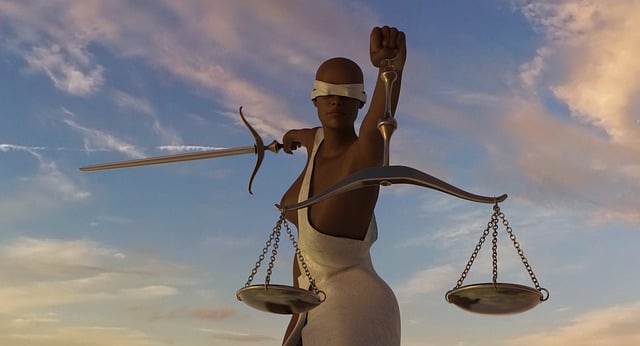
In consumer protection suits, discrediting expert witness testimony can be a pivotal strategy for challenging forensic evidence in court. To effectively challenge this type of evidence, legal teams must thoroughly examine and cross-examine experts to uncover any biases, methodologies flaws, or inconsistencies in their analysis. Experts offering opinions on complex financial matters or product liability cases need to back up their conclusions with concrete data and transparent methodologies. Any deviations from established practices or standards can weaken the credibility of their testimony.
An unexpected track record for accuracy or a lack of peer review may indicate potential biases or deficiencies in their approach, which can be brought to light through rigorous cross-examination. As these suits often span across the country and involve multi-faceted issues, understanding how to challenge forensic evidence is crucial for achieving just outcomes. By employing meticulous strategies, legal professionals can ensure that evidence presented is reliable and unbiased, ultimately avoiding indictment for errors or intentional misrepresentations.
How to Build a Case Against Forensic Misuse
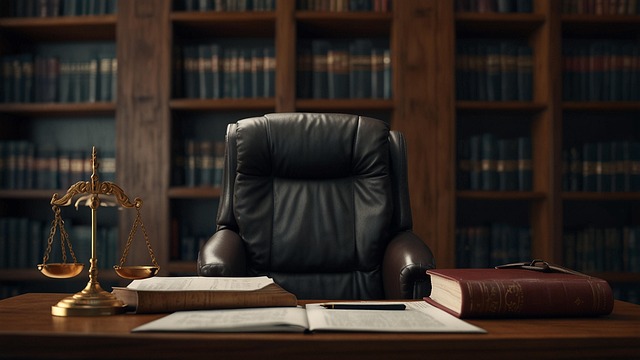
Building a robust case to challenge forensic evidence in court requires strategic planning and a deep understanding of legal procedures. When investigating potential misuse or errors in forensic analysis, it’s essential to gather comprehensive evidence that can counter the presented findings. This may involve hiring qualified experts who can critique the original forensics and offer alternative explanations, ensuring these critiques are well-documented and scientifically valid.
The process entails meticulously examining each step of the forensics procedure, from data collection to interpretation. It’s crucial to consider factors such as the integrity of evidence, potential contamination, and the proficiency of the analysts involved. By presenting a compelling argument that highlights inconsistencies or methodologies at odds with established practices, legal teams can challenge the reliability of forensic findings. This approach not only helps in protecting corporate and individual clients from wrongful indictments but also ensures justice is served by upholding the integrity of the legal process.
Consumer protection suits rely heavily on forensic evidence, but challenges exist. Understanding how to navigate these complexities is crucial for building a strong case. By employing strategic legal arguments, discrediting expert witness testimony, and utilizing robust evidence collection methods, consumers can effectively challenge forensic misuse. Familiarizing yourself with these tactics, as outlined in this article, will empower you to protect your rights and ensure justice in consumer protection cases. Moreover, staying informed about evolving forensic techniques and legal precedents is essential for navigating this dynamic landscape.
